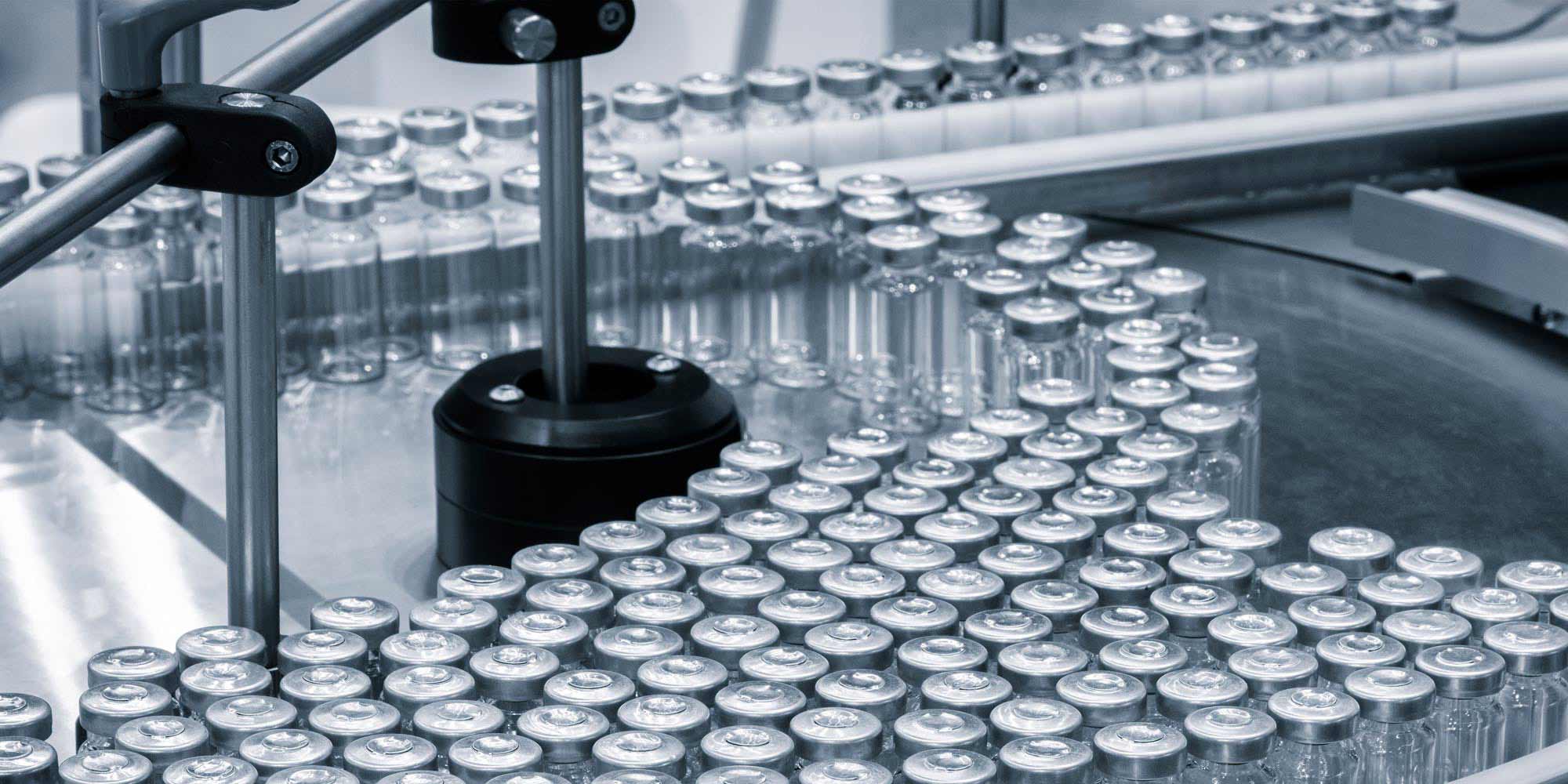Diversity across the supplier base has long been a key tenet of Gavi’s approach to shaping sustainable vaccine markets. This brings advantages in terms of supply security and buffers, healthy competition, and innovation. In recent years, it has become evident that geographical diversity across this supplier base is also desirable across several dimensions, chief among which is the desire for equity in manufacturing opportunity, self-determination and regional/local health security, not to mention the financial and climate-related advantages of having production occur closer to consumption.
The COVID-19 pandemic exposed the vulnerability and inequity of access to vaccine supply in Africa, where fewer than 1% of vaccine doses are produced locally. The African Union (AU), G7, G20 and international partners have expressed strong commitment and support for expanding vaccine manufacturing capacity on the continent.
Gavi, as the largest vaccine financier in Africa, is well positioned to leverage its market shaping and innovative financing expertise to facilitate this initiative. In December 2022, the Gavi Board approved a regional manufacturing strategy to support strengthening vaccine supply resilience at regional levels. The strategy was developed to respond to the challenge surrounding equitable access to vaccines during the COVID-19 pandemic, and to the AU’s call to action on building regional manufacturing capacity in Africa.
The four pillars of Gavi’s regional manufacturing strategy
Pillar 1 aims to aggregate and communicate market insights through a vaccine markets dashboard to improve market health by facilitating decision-making by manufacturers, investors and partners, particularly regarding vaccine investments and product portfolio selection.
View the vaccine market dashboard
Pillar 2 seeks to adapt the Alliance’s Healthy Markets Framework (HMF) and Gavi’s Product Menu Criteria to facilitate the listing and adoption of new regional products. In 2024, the HMF was updated to include a new dimension on the degree to which regional diversification across suppliers mitigates geopolitical and health security risks. These changes are now being mainstreamed into the Alliance’s market shaping roadmap development processes, and will guide future UNICEF tender and award strategies.
Pillar 3 seeks to build regional solidarity and predictability around vaccine demand. This aims to ensure long-term sustainability for African vaccine manufacturing projects by encouraging AU Member States and institutions to manifest credible solidarity with respect to eventual procurement and selection of African-made vaccines once available, through both Gavi and other procurement channels. The Alliance has been working in close partnership with the AU, Africa Centres for Disease Control and Prevention (Africa CDC) and other organisations to compile comprehensive information on the demand landscape. The success of vaccine manufacturing projects in Africa will depend, to a great extent, on the demand for African-made vaccines by AU Member States themselves.
The African Vaccine Manufacturing Accelerator (AVMA) is a new instrument to provide financial support to accelerate the expansion of commercially viable vaccine manufacturing in Africa. This strategic initiative is designed to make up to US$ 1.2 billion available over ten years to support sustainable vaccine manufacturing in Africa that contributes to healthy global vaccine markets and improves pandemic and outbreak vaccine supply resilience in Africa.
Learn more about AVMA
Gavi’s historic role in healthy markets
Since its inception in 2000, Gavi has helped bridge the global vaccine equity gap by immunising over 1 billion children and halving child mortality in lower-income countries. Market shaping has been central to Gavi’s success. By aggregating and co-financing demand for vaccines from lower-income countries, Gavi drives economies of scale and reduces transaction costs, presenting the manufacturer base with predictable long-term market volumes backed by assured financing. This low-risk demand signal, combined with significant economies of scale, makes it viable for manufacturers competing for Gavi-UNICEF procurement to lower the price of vaccines in a sustainable manner for the lowest-income countries.
Since 2001, Gavi has become one of the world’s largest financiers of vaccines, working closely with countries and manufacturers to shape the market for vaccines. Through Gavi’s market shaping efforts, the number of manufacturers supplying prequalified Gavi-supported vaccines has grown from 5 in 2001 to 19 in 2022 (with more than half based in low- and middle-income countries).
Before Gavi’s creation, there was an average 20-year gap between when a vaccine was introduced in high-income countries compared to Gavi-eligible countries. Gavi has reduced this gap significantly: today, some vaccines (e.g. HPV) are introduced simultaneously in high- and lower-income countries.

